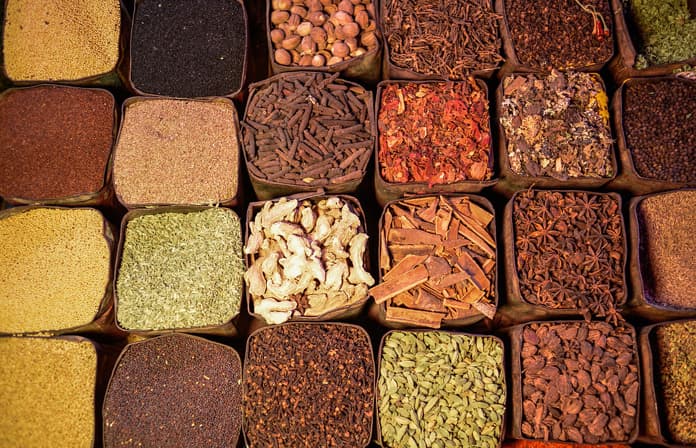By Our Correspondent
Kushinagar: Kushinagar, the land where Lord Buddha attained Mahaparinirvana’, will soon be known for its spices. Under the leadership of the double-engine government, efforts are being made with the help of the National Seed Spices Research Center (NSSRC) in Ajmer to cultivate a wide array of spices apart from Kushinagar’s traditional produce turmeric.
The centre will help farmers from Kushinagar to grow additional spices such as coriander, cumin, fennel, mangrail, and celery. These spices are expected to enhance the flavor of dishes not just locally, but also in the kitchens of every Indian around the world.
Highlights
- Farmers in Kushinagar to be encouraged to cultivate turmeric, coriander, cumin & more
- Kushinagar’s climate is found appropriate for growing fenugreek, fennel & cumin seeds
With assistance from the NSSRC in Ajmer, certain spice varieties will be cultivated in a select number of farmers’ fields during this year’s Rabi crop season itself.
Ashok Rai, head of the Krishi Vigyan Kendra in Kushinagar, notes that turmeric farming has a long-standing tradition in the region. The climate of Kushinagar and its surroundings is also conducive to growing seed spices, presenting a significant opportunity. Additionally, the local farmers are knowledgeable, enhancing the potential for cultivating high-profit spices.
For several years, B.M. Tripathi of Sustainable Human Development has been focusing on turmeric farming among farmers with the help of Tata Trust and Azim Premji Foundation. Now, he is also coordinating with the National Seed Spices Research Center for spice cultivation.
The research center emphasizes the processing of fenugreek, fennel, cumin, and carom seeds due to their flavors and medicinal properties.
These spices can be made more nutritious by mixing them with millets. If the farmers of Kushinagar find spice cultivation favorable over time, all these opportunities will be available to them.
Potential for spice cultivation
India is also known as the land of spices. When the Portuguese first came to India, their main goal was to profit from the Indian spice trade. About 18 lakh hectares of land in India is used for spice cultivation. Cumin is the main crop in Gujarat and Rajasthan, while most other spices are grown in South India.
Significant contribution to foreign exchange
Spices are the soul of Indian cuisine. Wherever Indians are in the world, their kitchens are unimaginable without spices. The craze for spices has increased due to the rise in diseases and their medicinal properties, especially after COVID-19. Therefore, the potential for spice cultivation has also grown. The international airport in Kushinagar will further enhance these prospects in the coming times.










